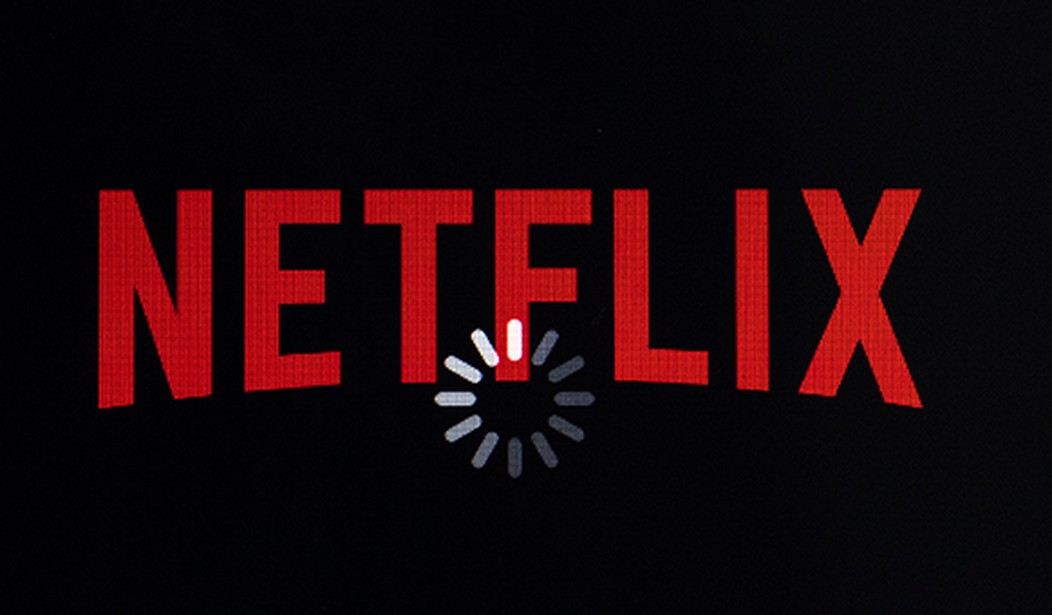Netflix told investors earlier this week that the popular streaming service had lost 430,000 subscribers in the US and Canada last quarter, and also issued weaker-than-expected guidance for the rest of the year.
Globally, Netflix added 1.5 million subscribers in the second quarter, just above Wall Street forecasts of 1.1 million.
Co-CEO Reed Hastings said increased competition from other streaming services, chiefly Disney+, was not to blame for domestic losses. “Does HBO or Disney… have a differential impact compared to the past? We’re not seeing that in the [data] we have,” he claimed on the company’s quarterly investor call.
“Sign-ups have ground to a halt in the US, Netflix’s largest market, where the majority of COVID restrictions have been rolled back,” reports Ars Technica.
Netflix isn’t going anywhere anytime soon. The service still enjoys broad appeal when it isn’t angering the majority of Americans who don’t want to watch sexualized prepubescent girls as “entertainment.”
Still, as an investor, I’d say Netflix’s glory growth days are likely behind it — and Disney+ and other streaming services are at least part of the problem.
Netflix has a couple of serious weaknesses in its business model.
Full Disclosure: I own no shares in Netflix and never have. I missed some nice profits, but I try to avoid investing in companies whose business model I don’t have faith in. Because I like being able to sleep at night.
The company grew rich by streaming other people’s product, a situation that is key to their long-term trajectory.
As the first, and for a long while the only major streaming service, Netflix picked up content from traditional TV networks and movie studios on the cheap. For about $7 a month, viewers could get their fill on reruns of Friends and movies that had already come and gone from Blockbuster.
Recommended: Blockbuster Video at Home
Before Netflix killed blockbuster, that is.
The very production companies couldn’t help but notice Netflix’s massive profits, and that’s when things started to get complicated for the upstart. They started, or soon would, demanding more money for their movies and TV shows, driving up Netflix’s costs.
Back in 2019, Netflix reportedly paid a whopping $100 million to keep streaming rights to Friends. That’s almost nothing though compared to the $500 million they paid that same year to get Seinfeld starting this year.
More than half a billion dollars for temporary rights to shows they don’t own.
Worse, production houses like Disney with its huge library of movies and shows, would simply refuse Netflix any further streaming rights as they geared up their own streaming services.
Hastings had seen all this coming.
Way back in 2013, he said in an interview with GQ, “The goal is to become HBO faster than HBO can become us.”
What Hastings meant was, Netflix would have to produce its own, high-quality content, or get squashed out of existence.
The problem for Netflix is that it’s a lot more expensive to produce your own new content than it used to be to license other people’s old content. It’s riskier, too, since unlike licensing old hit movies, you take the chance on producing box office bombs of your own.
Yes, even when there’s no physical box office.
So Netflix’s acquisition cost per subscriber is going up at the same time Netflix is forced to raise the barrier to entry with higher monthly prices.
Apparently, the company feels that its existing services aren’t enough to retain current subscribers because they also just announced a new videogame streaming service that “the company doesn’t currently plan to charge extra for.”
What that looks like to this investor is a major new expense that will generate zero additional revenue for the foreseeable future.
Again, I’d reiterate that Netflix isn’t going away any time soon. But the glory days of easy subscriber acquisition and easier profits might just be over.










